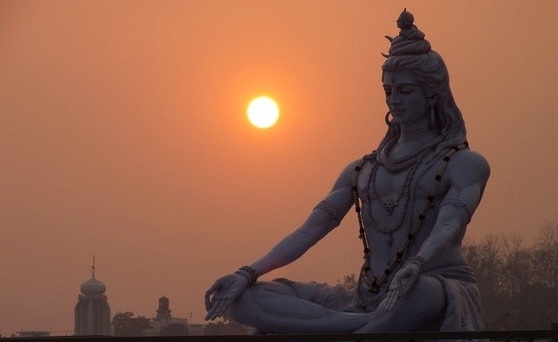Learning to sit….
1. Environment matters
Find a clean, quiet space in your home where you can sit undisturbed, away from the distractions and pressures of the external world.
The air should be clean, fresh and well ventilated but not breezy.
2. Cleanliness is a factor
Your face, hands and feet should feel clean and fresh, adding a certain respect and vibrancy to your practice. If you practice meditation in the morning, you will want to evacuate your bladder and bowels first.
3. Preparing the body, energy and mind
If you have time, spend 5-10 minutes stretching the muscles, soft tissues, joints and glands, to circulate the blood, regulate energy channels, calm the mind and prepare the hips and back to sit. It should be gentle and mindful. You should consult a qualified Teacher for the Hatha postures most appropriate for your stage and dosha (constitution).
4. Consistency is key
Agree to sit at the same time every day, without fail, as this will train your Mind to develop your new habit automatically. Depending on your schedule, either early in the day or in the evening will be most accessible.
5. Sitting options may vary!
You can sit cross-legged, keeping your head, neck and torso in alignment. The first month you can sit with your back against a wall, while your muscles and soft tissues are being trained. You may also sit in a chair, with your feet resting comfortably on the ground or use blocks or blankets to bring the ground to you! It’s best for your low back if your hips are level with, or slightly higher than your knees. If sitting on the floor, use folded blankets, or a sturdy pillow or bolster to elevate your hips.
6. Relax your body...please!
Scan the body from toe tips to scalp, acknowledging where you might feel yourself holding or tense, and observe the tension release; ust feel each segment of your body relax. Then move from the scalp to the toes again, spine tall, body relaxed. Be effortless.
7. Meet your breath – it’s the secret we so often overlook
Without changing anything, experience your body breathing. Observe where and how it breathes, and then gently begin to shape your breath. Take 10-15 smooth, even, quiet breaths, neither to deep nor too shallow, allowing the breath to become smooth. Resolve any hesitations or shakiness. Feel the body relax and release on the exhale, and experience refreshment and clarity on the waves of your inhale. When your breath becomes smooth, release all effort. Relax. Then bring your attention to the effortless breath beginning at the tips of your nostrils, and experience the sound of ‘So’ on the inhale and ‘Hum’ on the exhale. Repeat, relax, and sit as long as if comfortable or as time allows. If the Mind wanders, it's ok and natural, just bring your attention back to your breath and the sound and feeling of So Hum.
(There are several breath practices that are beneficial to meditation preparation, which can be suggested by a qualified Teacher.)
To finish your meditation and transition from the inner experience to the outer world, become aware of your breath again and allow it to gently deepen. Observe your body, and how it feels to be held by the surface on which you are sitting. Place your cupped palms over your closed eyes and as you become ready, gently open your eyes on an inhale. Then slowly lower the hands, and in your own way, give thanks for the time you had to dedicate to your practice and experience the joy of looking forward to the next practice.
Mindfully transition back into your day – when stress hits, just remember your happy place of peace and calm.
Process and methodology comes from the tradition of the Himalayan Masters, and the teachings of Swami Rama.
For Brian - we missed you in class last night...
- KirstenBurch's blog
- Log in or register to post comments


